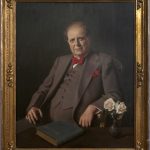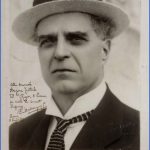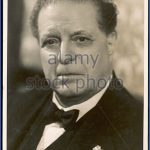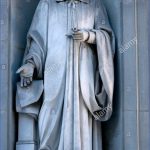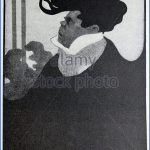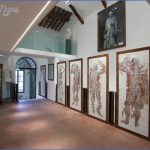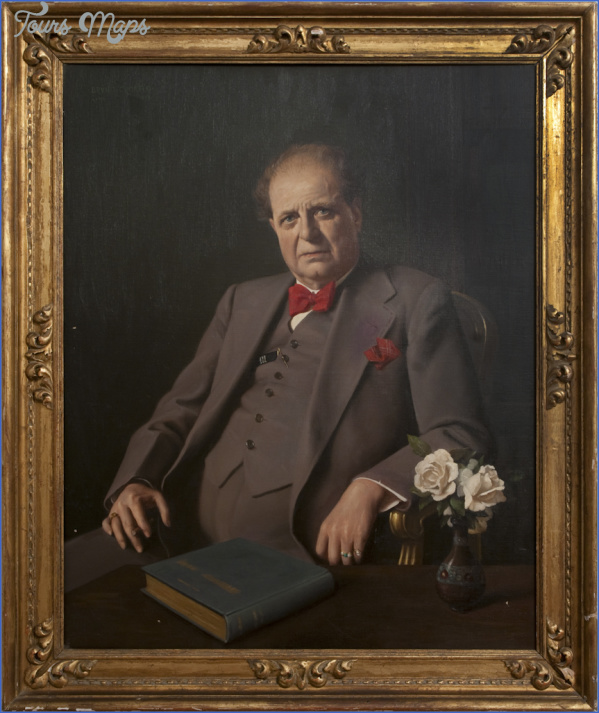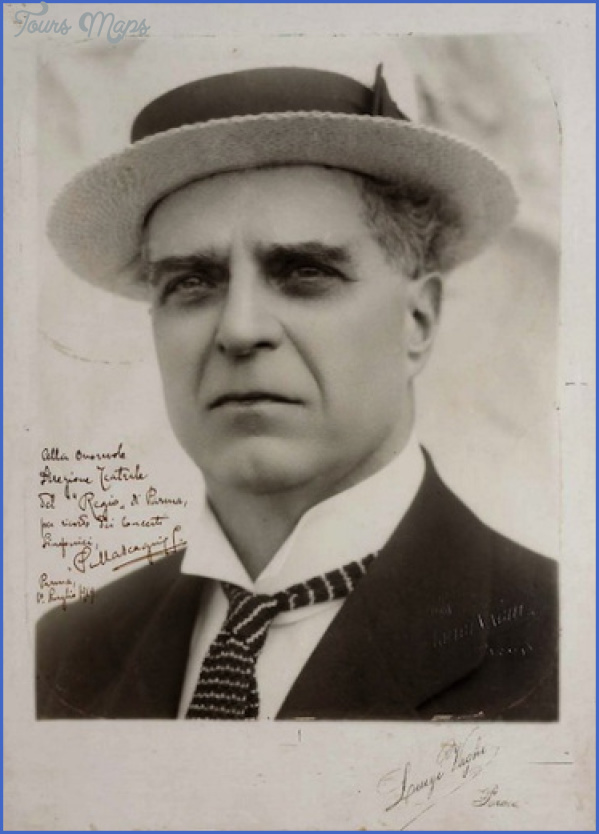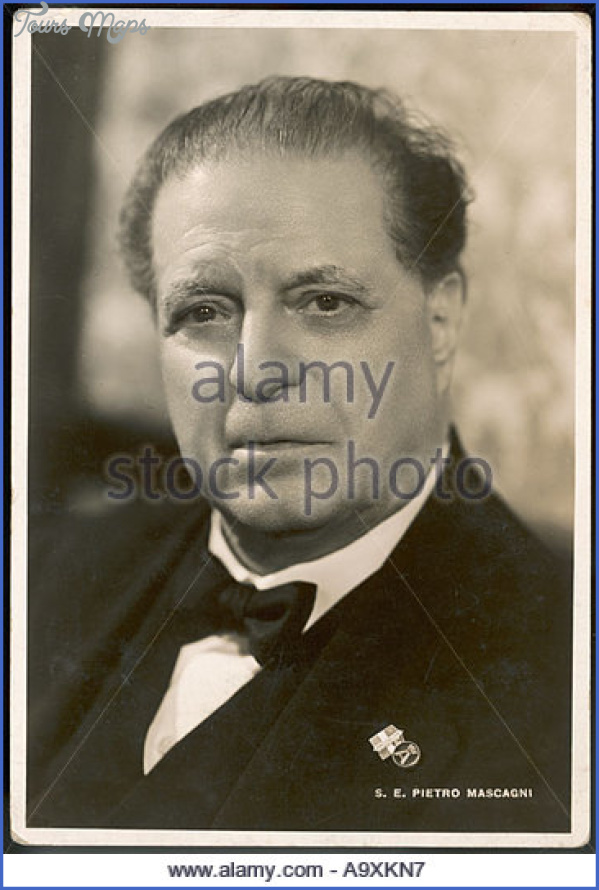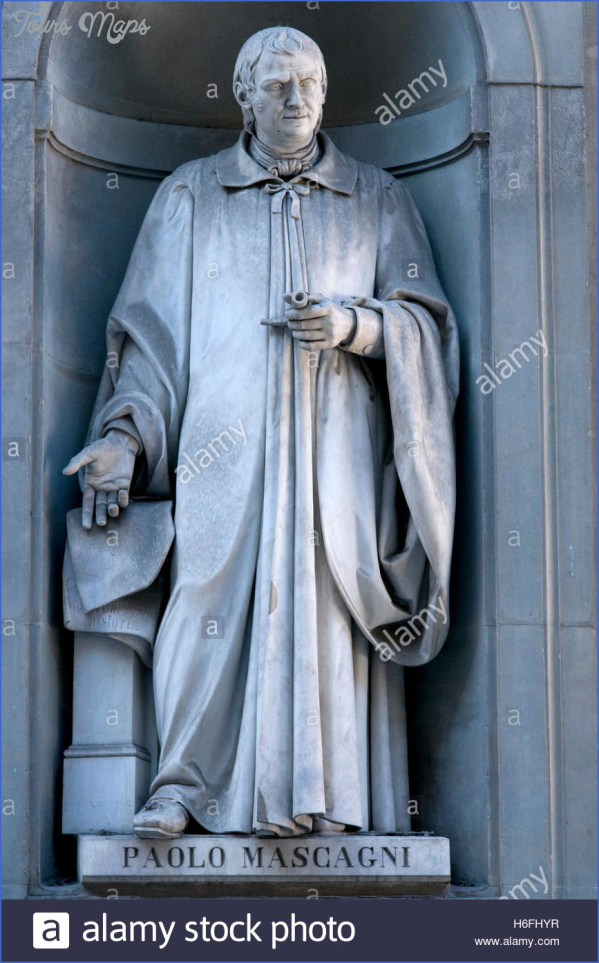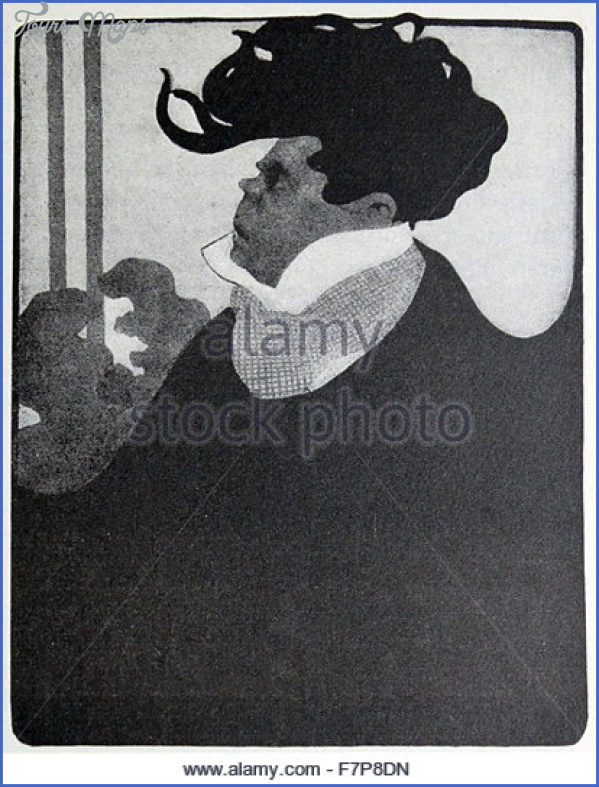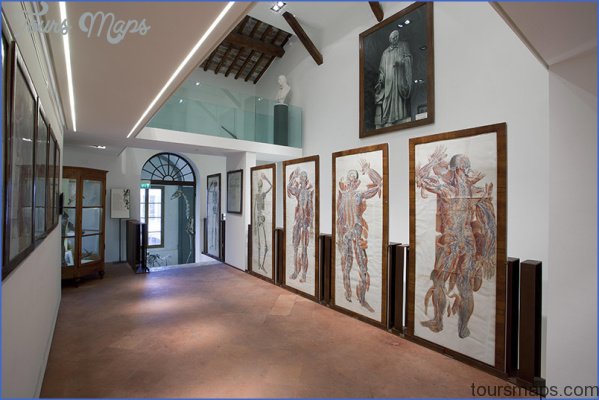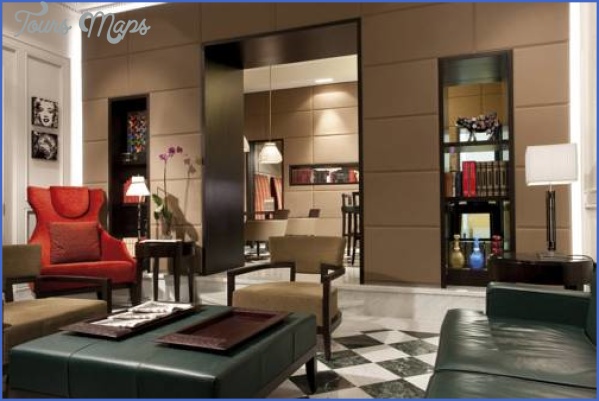MASCAGNI MUSEUM
Anna Lolli was a young singer in the chorus of the Teatro Costanzi at Rome in 1910 when she caught the eye of the conductor, Pietro Mascagni. Not just his eye but his heart. It was in fact her own eyes, green and deep, as well as her other outstanding features, that ensnared him, and he remained their willing prisoner for the rest of his days. Mascagni, born in 1863, was then 48 and a family man; his Annuccia (as he called her) was 22. They could never marry, or live together, but in consequence he wrote her some 4600 letters, as well as numerous dedications, always stressing his undying love and her role as his muse or ‘ispiratrice’- and his perpetual enchantment with her eyes. She was with him when he died, in Rome in 1945.
MASCAGNI MUSEUM Photo Gallery
Most of Mascagni’s possessions were lost when his house was destroyed in the bombing of Rome in World War II. But he had given Anna numerous presents, and those she treasured as long as she could. She considered, before her death in 1972, bequeathing them to the La Scala museum, but was advised that they would be lost there and would be better displayed on their own. So she left them to the parish in which she was born and where she is buried, Bagnara di Romagna, a small town near Lugo (where she died) and Imola, close to the junction of the Ravenna branch of the A14 autostrada. The parish had to obtain the bishop’s permission before it could accept a gift arising from so irregular a relationship, but that was forthcoming, and since 1972 the town’s Museo Parrocchiale has contained, on its second floor, two rooms that form a Museo Pietro Mascagni. The town also pays tribute to him by holding each autumn a singing competition, the Mascagni d’Oro. A museum born of such passion has the capacity to be uniquely touching. This one certainly is. The letters, lovingly filed and ordered, with their envelopes, stand in a simple cupboard, whose presence curiously dominates the principal room. A few are on display, elegantly and tenderly written, describing his travels, his performances, political matters, and the events of his everyday life. (Anna’s responses do not survive.) There are also many dedication copies to ‘cara Annuccia’ of editions of his music: among them Isabeau, dedicated on the anniversary of their ‘first kiss and first tears’, and Parisina, on which he wrote ‘only you will understand the passion of my song’. Some of them bear Mascagni’s handwritten corrections. His love for her was such that he told her, on a score of his one unqualified success, Cavalleria rusticana, that she inspired it, although it was composed 20 years before they met. There are numerous photographs, including several with Gabriele d’Annunzio (who knew and admired Anna), one of Mascagni in a group with Mussolini, one of him in academic robes. An unusual series of photographs shows Mascagni playing tambourello, a game seemingly with affinities to squash but played with tambourines. Others are production photos. All bear signed dedications. Mascagni’s parents and his birthplace in Livorno are also represented. One of the few photographs that show them together is a charming vignette taken in the garden of the composer Alberto Franchetti. Among the portraits are large ones done in 1938-9 by Bruno Croatto, of Anna, resplendent in a dress of white lace, and Mascagni. There are several busts and also Mascagni’s only surviving death mask. In the display cases are various personal objects, among them Mascagni’s pince-nez, butts of his cigars and two fans, one autographed for Anna by Mascagni and the other by D’Annunzio. Their picnic basket is of a scale to suggest substantial appetites. Mascagni’s favourite, well-worn red leather armchair is preserved, and his upright piano. The museum is likely at some point to be enlarged, and perhaps moved from its present site, in a house close to the church, the Chiesa Arcipretale. In her later years, Anna was compelled to sell some of Mascagni’s more valuable gifts, including the jewelled crucifix worn by Parisina in the opera (a photo of it is displayed), a collection of fans and also Mascagni’s bed; these are now owned by a Bolognese collector who has promised to bequeath them to the museum. There was once a Museo Mascagnano in Livorno, attached to a local history library, the Biblioteca Labronica, in the Via Calzabigi, but early in the 21st century it was dismantled (to make way for the offices of an aquarium) and its collection – which includes more letters and personal objects and items referring to each of his operas, as well as a 1788 spinet that had once belonged to Spontini and the piano Mascagni used when composing Cav – was put into store. The local conservatory is the Istituto Musicale Pietro Mascagni. There are hopes of reopening the museum in a different building. The house of Mascagni’s birth no longer stands. There are portraits of Mascagni and some documents at the Conservatorio Statale di Musica ‘Gioachino Rossini’ in Pesaro, of which he was director, 1895-1903.
Maybe You Like Them Too
- Top 10 Islands You Can Buy
- Top 10 Underrated Asian Cities 2023
- Top 10 Reasons Upsizing Will Be a Huge Travel Trend
- Top 10 Scuba Diving Destinations
- World’s 10 Best Places To Visit

